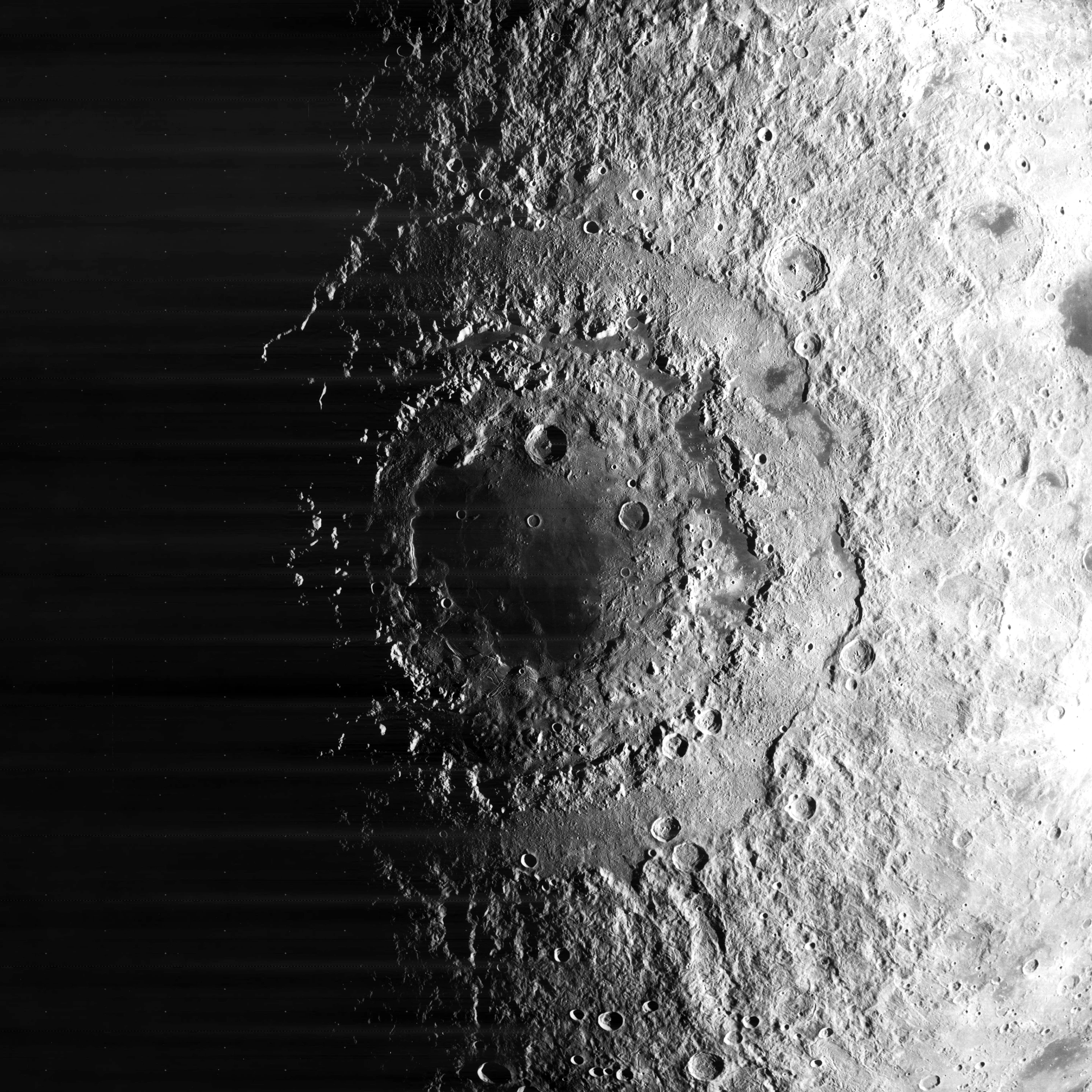Showing that space junk isn't a local problem, observations by amateur astronomers have determined that the upper stage of a SpaceX Falcon 9 rocket launched in 2015 will impact the Moon on March 4 at 12:25 GMT.
A spacecraft impacting the Moon isn't new. In fact, the first probes to reach the lunar surface in the 1950s and '60s were deliberately designed to crash to either show the ability to reach the Moon or to gather data to plan for later soft robotic and crewed landings.
Since then, any number of other craft have impacted the Moon, including Apollo-era S-IVB boosters and Lunar Module Ascent Stages, and a number of orbiters that had either reached the end of their useful lives or were deliberately aimed at the lunar south pole to look for water.
And although space debris falls to Earth on a regular basis, with most of it burning up in the atmosphere, the Moon, despite having almost no atmosphere, has avoided accidental impacts from things like rockets that have been orbiting in space for some time – until now.

Working with observations that seek out objects that could be mistaken for asteroids, the team of independent researchers provided the data that allowed astronomical software writer Bill Gray to identify an object as a SpaceX Falcon 9 rocket stage that launched the Deep Space Climate Observatory (DSCOVR) probe in 2015 to the Larange 1 (L1) point about a million miles (1.5 million km) sunwards, where the gravitational forces of the Earth and the Sun balance each other out.
So long as they've completed their task and pose no obvious hazard, NASA has very little interest in what happens to such rockets. In this case, the rocket in question went into a highly elliptical orbit around the Earth. As it did so, it made a number of close encounters with the Earth and the Moon that altered its trajectory, with one close encounter with the Moon in January bringing it within 5,900 miles (9,500 km) of the surface.

According to Gray, the latest calculations show that the rocket will crash into the Moon at latitude +5.18, east longitude 233.55, in the vicinity of Mare Orientalis, which is a feature on the border between the near and far sides of the Moon, on March 4, 2022. Because of the effect of sunlight and the solar winds applying pressure on the empty cylindrical rocket casing, the results could be off by a few kilometers and/or seconds.
Gray hopes to estimate the impact point as near as possible so the Lunar Reconnaissance Orbiter (LRO) and Chandrayaan-2 spacecraft will be able to capture images of the crash site. Because the impact point is on the far side and there will be a New Moon on March 2, the event will not be visible from Earth.
"[If] we can tell the LRO and/or Chandrayaan folks exactly where the crater is, they'll eventually pass over that spot and be able to see a very fresh impact crater and probably learn something about the geology of that part of the Moon," said Gray. "We know the mass of an empty Falcon 9 booster, and that it will hit at 2.58 km/s (1.60 miles/s); the known momentum and energy of the object making the crater ought to help in calibrating the crater size vs. energy function."
Source: Bill Gray
Update (Feb. 15, 2022): Turns out Bill Gray's conclusion that the object on collision course with the Moon was a SpaceX rocket was incorrect. On further analysis he says it is part of a Chinese rocket. Details can be found here.







